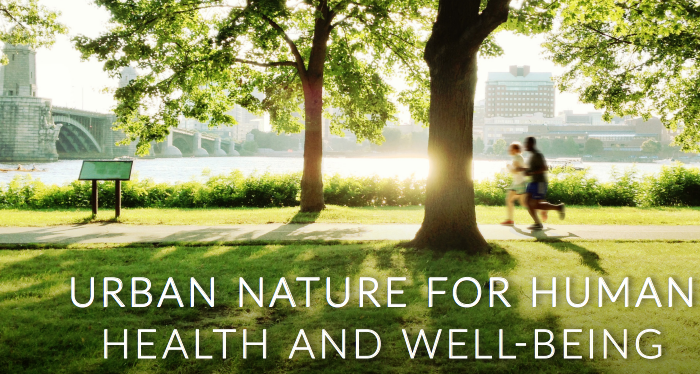City Know-hows

Health impact assessments are a key tool to bridge the worlds of planning and health, but there’s a risk they become a ‘tick box’ exercise with little real-world benefit. Learning from recent practice in English local authorities can help maximise their effectiveness in producing healthier developments.
Share
Target audience
City planning and public health officers, developers and consultants responsible for commissioning or undertaking health impact assessments on new projects.
The problem
The built environment has a big impact on health and wellbeing. Health impact assessments are one tool used to deliver healthier developments, involving assessing the likely impact of a development project on health. They are used globally and increasingly in England, but we know relatively little about how this is going in practice. We also need to know how they interact with urban planning decision-making processes to deploy them most effectively.
What we did and why
We conducted interviews with stakeholders involved in planning projects: city public health officers, health impact assessment consultants and a national policymaker. A variety of perspectives were sought to give a more rounded view of how things work. Some locations chosen had been using health impact assessments for some time, while were newer to using health impact assessments. Insights from policy theory and health impact assessment theory were used to make sense of the data.
Our study’s contribution
Stakeholders consider health impact assessments a valuable, if limited, tool to improve health and address inequalities. Health impact assessments work by forcing change on developers through regulation, but more so by persuading developers of the case for healthier places to improve the health impact of developments voluntarily. This account can help stakeholders involved in health impact assessments understand and manage the process more effectively. The paper suggests ways to overcome key barriers to the effective use of health impact assessments.
Impacts for city policy and practice
City public health officers should:
1. Make sure health impact assessments are part of a wider health placemaking strategy based on a good understanding of how health impact assessments work to produce health. This means thinking hard about how to use the lever of health impact assessment to generate constructive dialogue between stakeholders, including developers and the community.
2. Focus on building understanding and relationships with planners first, and externally with developers and health impact assessment practitioners
3. Build in monitoring and evaluation of health impact assessments.
Further information
For further information:
Public Health England Health Impact Assessment guidance – provides a simple how-to for city officers on implementing Health Impact Assessments (England focus).
Research on Health Impact Assessments in planning practice in England – practical research reviewing a sample of Health Impact Assessments and drawing lessons.
Town and Country Planning Association – organisation with an active workstream on health and planning which produces resources and research (England focus).
Full research article:
Related posts

The study by collecting data from a sample in a developing and rapidly urbanizing country in South Asia highlighted the importance of green space interventions to promote urban dwellers’ contact with urban green spaces and physical activity levels. Moreover, it highlighted differences in urban green space usage behaviours based on differences in sociodemographic characteristics, suggesting the necessity to target certain sub-population groups more than others.

This work unveils the heterogeneous preferences of different hospital users for green infrastructure improvements that could improve their health and wellbeing. Moreover, it shows that distinct motivations determine their demand for spending time outdoors and their willingness to pay for these improvements.

The meaning, measurement, causes and consequences of social connectedness in cities. A useful primer and pragmatic framework for healthy cities, urban futures and public health.